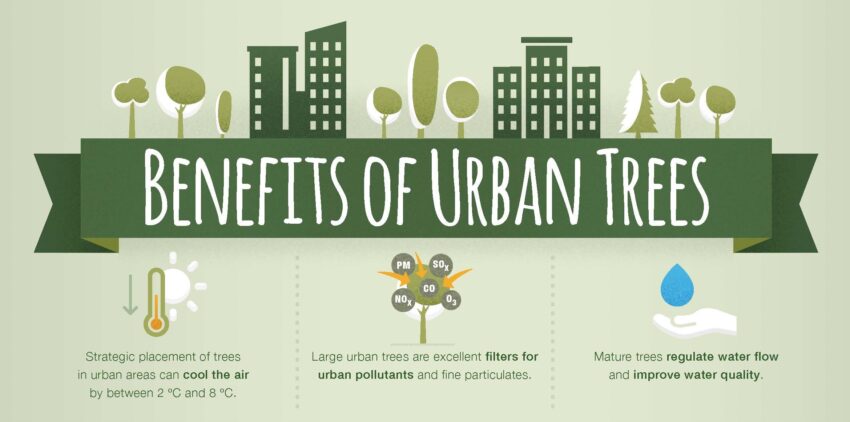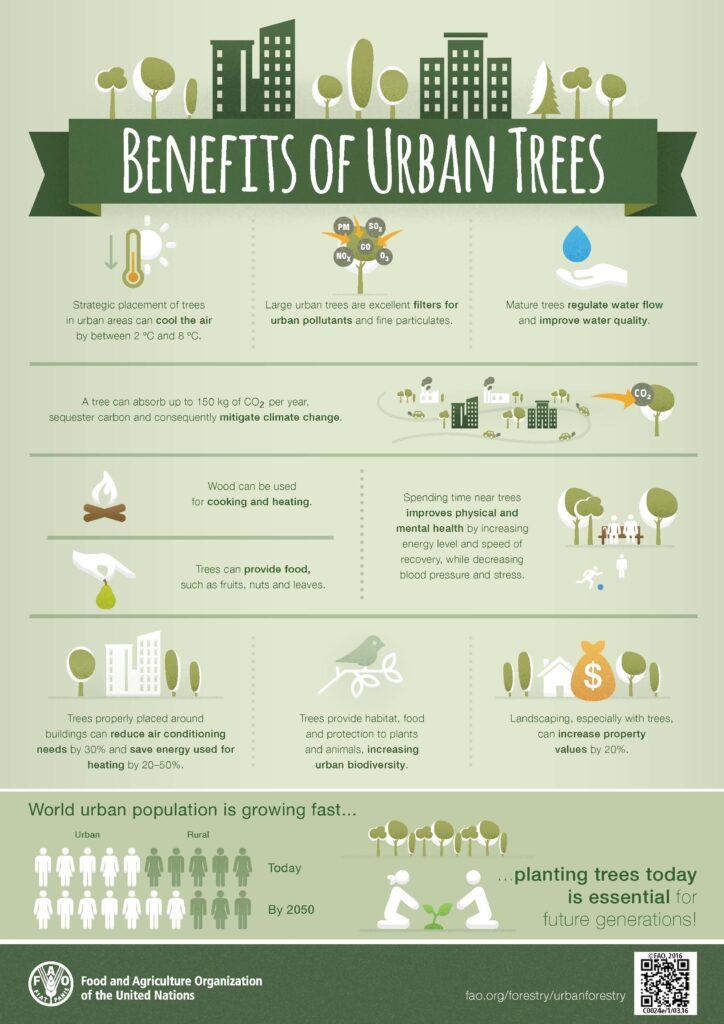I wanted to post about a topic of growing interest to me over the last few years, urban forestry (or micro-forests). They are small, dense forests cultivated in urban areas that provide various benefits. The most popular method of cultivating them is called the Miyawaki Method, after Akira Miyawaki, who pioneered it.
Here is a recent BBC People Fixing The World broadcast about them:
Urban forestry was discussed in this BBC4 Inside Science episode. The third guest, Kate Hand, worked on ecosystem service metrics / modeling of urban trees for her PhD dissertation. That’s right, there are calculations and metrics for trees in urban environments specifically, to help us better model and predict their benefits. They have a large database of trees, including urban trees.
Here is Kate discussing urban trees and measurement techniques:
Here is a recent state of the science report:
Hunter, R., Cleary, A., Cleland, C., & Braubach, M. (2017). Urban green space interventions and health: A review of impacts and effectiveness. Full report.
Of course, the benefits of growing forests are not limited to urban areas, as this recent award-winning children’s book highlighted. It immortalizes the true story of Jadav Payeng, who single-handedly planted over twelve hundred acres of lush forest on a once barren island in northeastern India.

